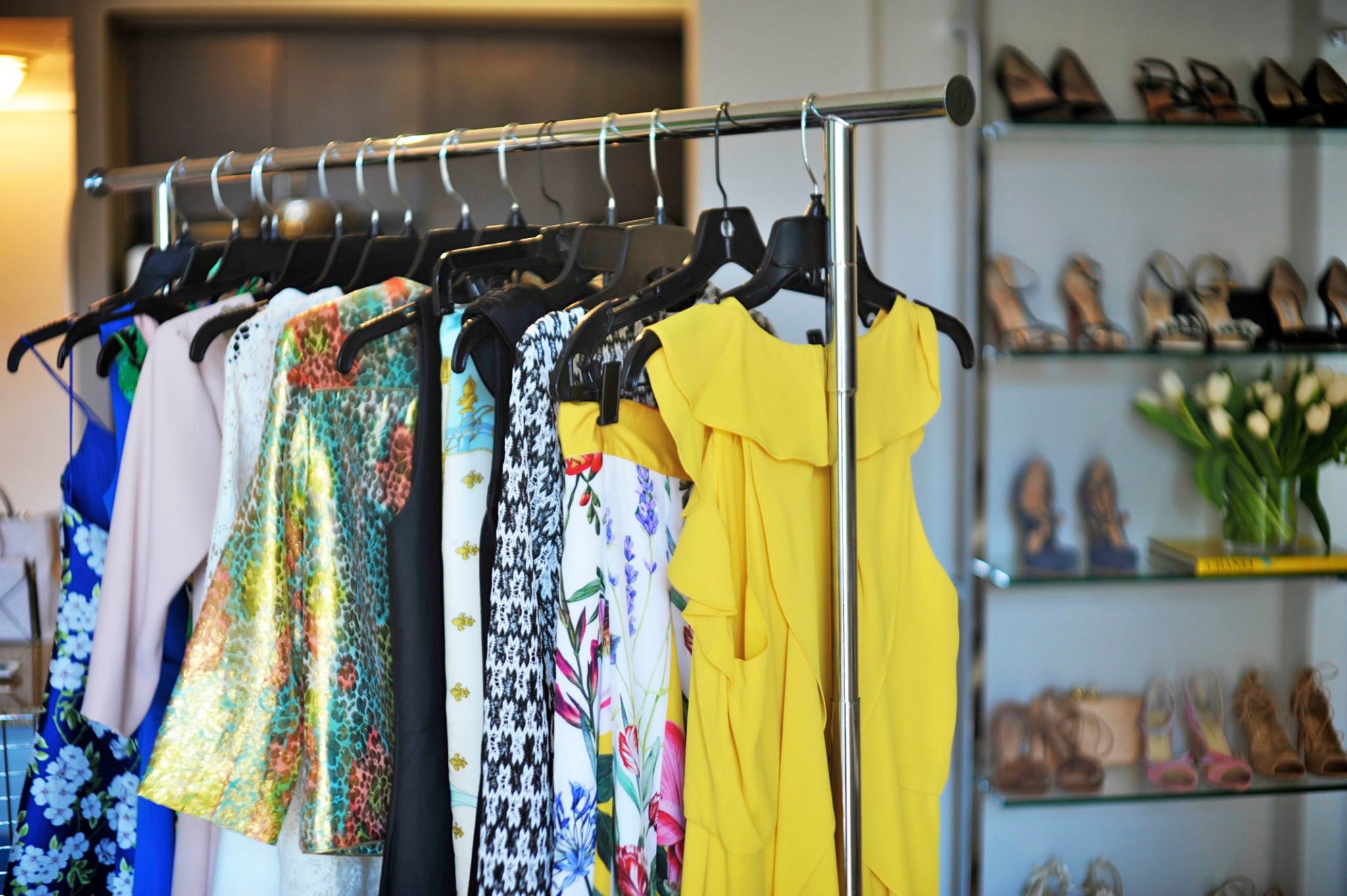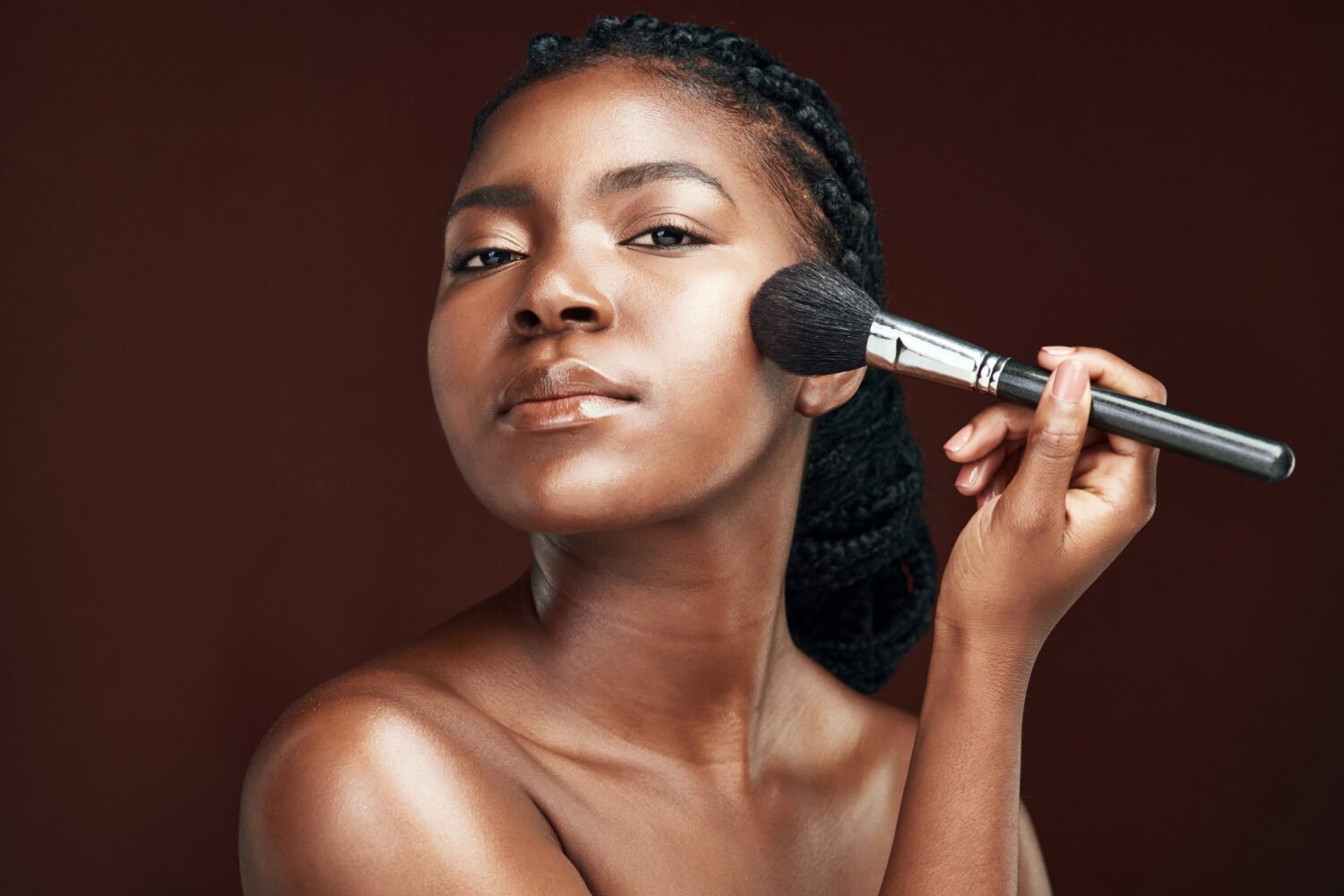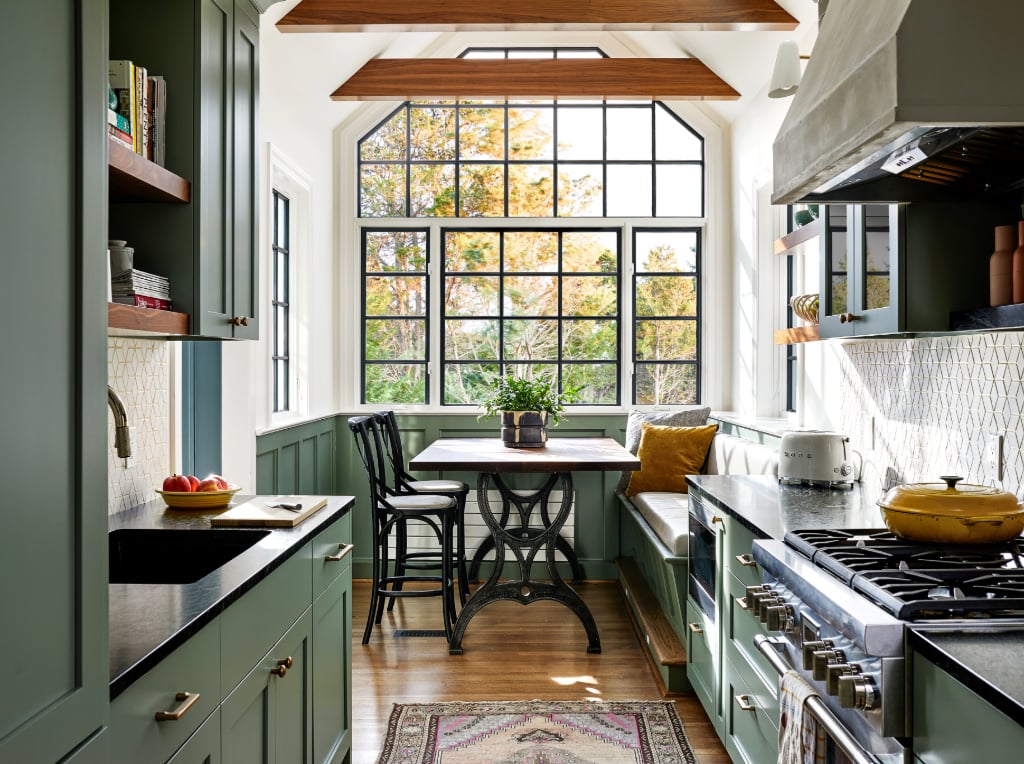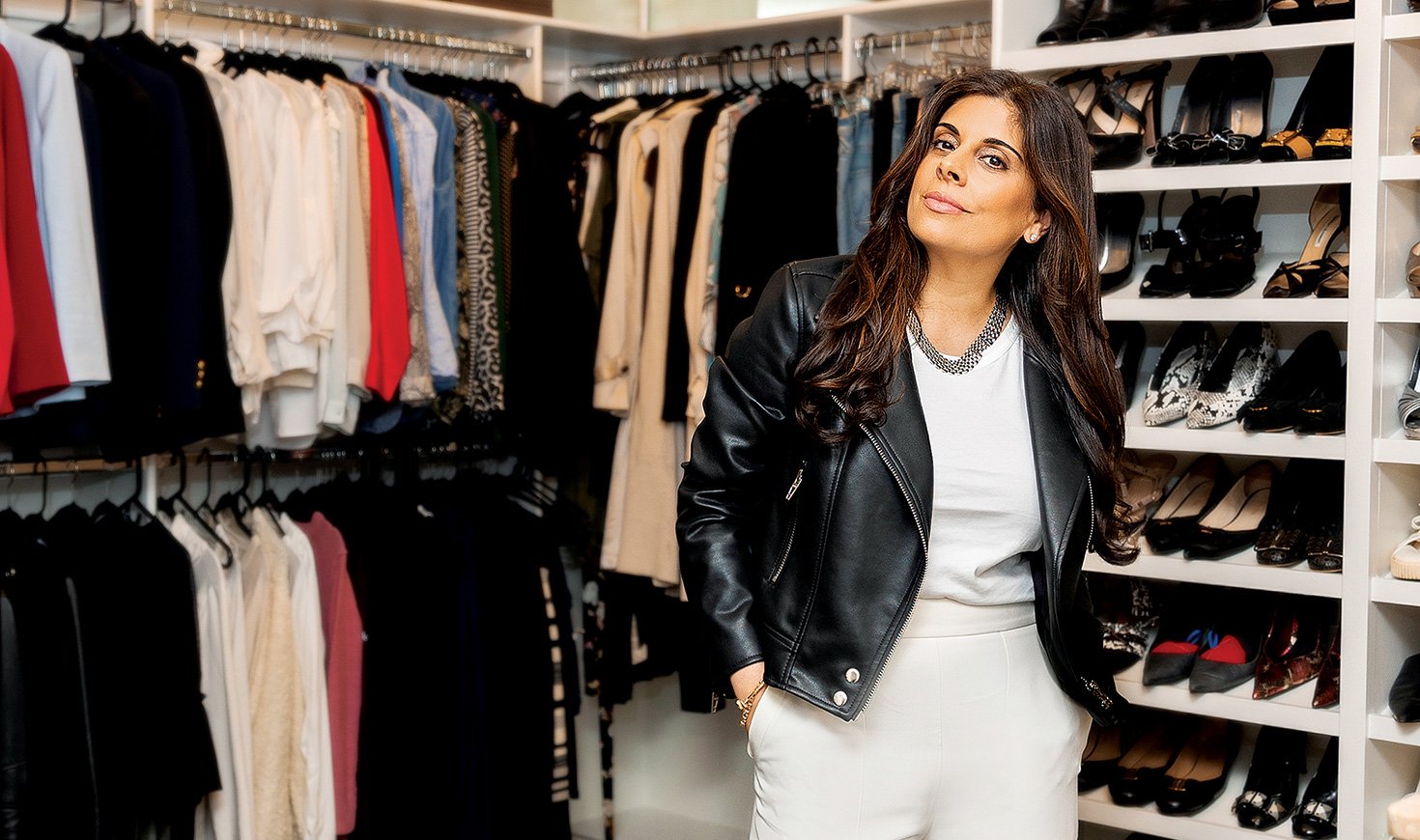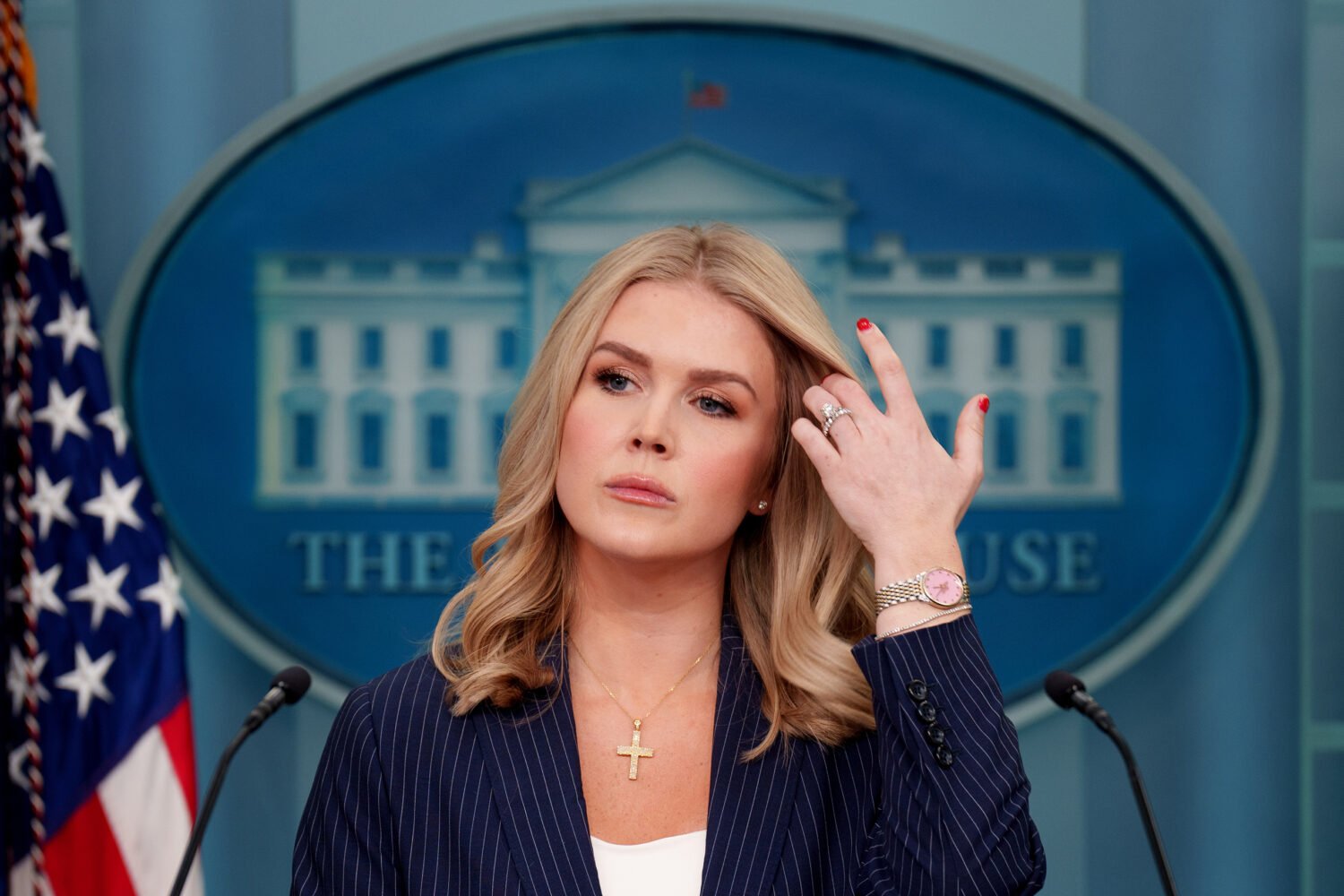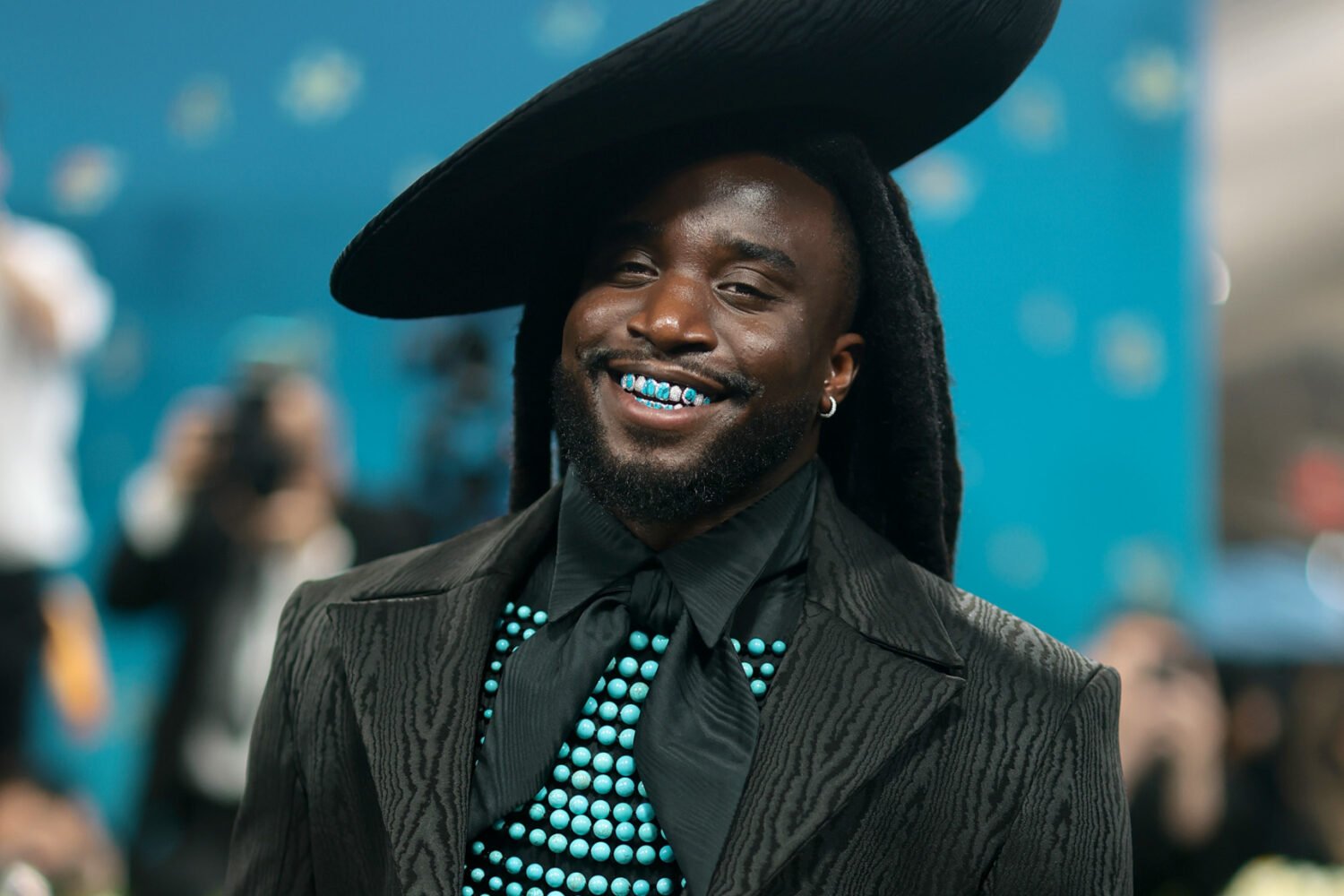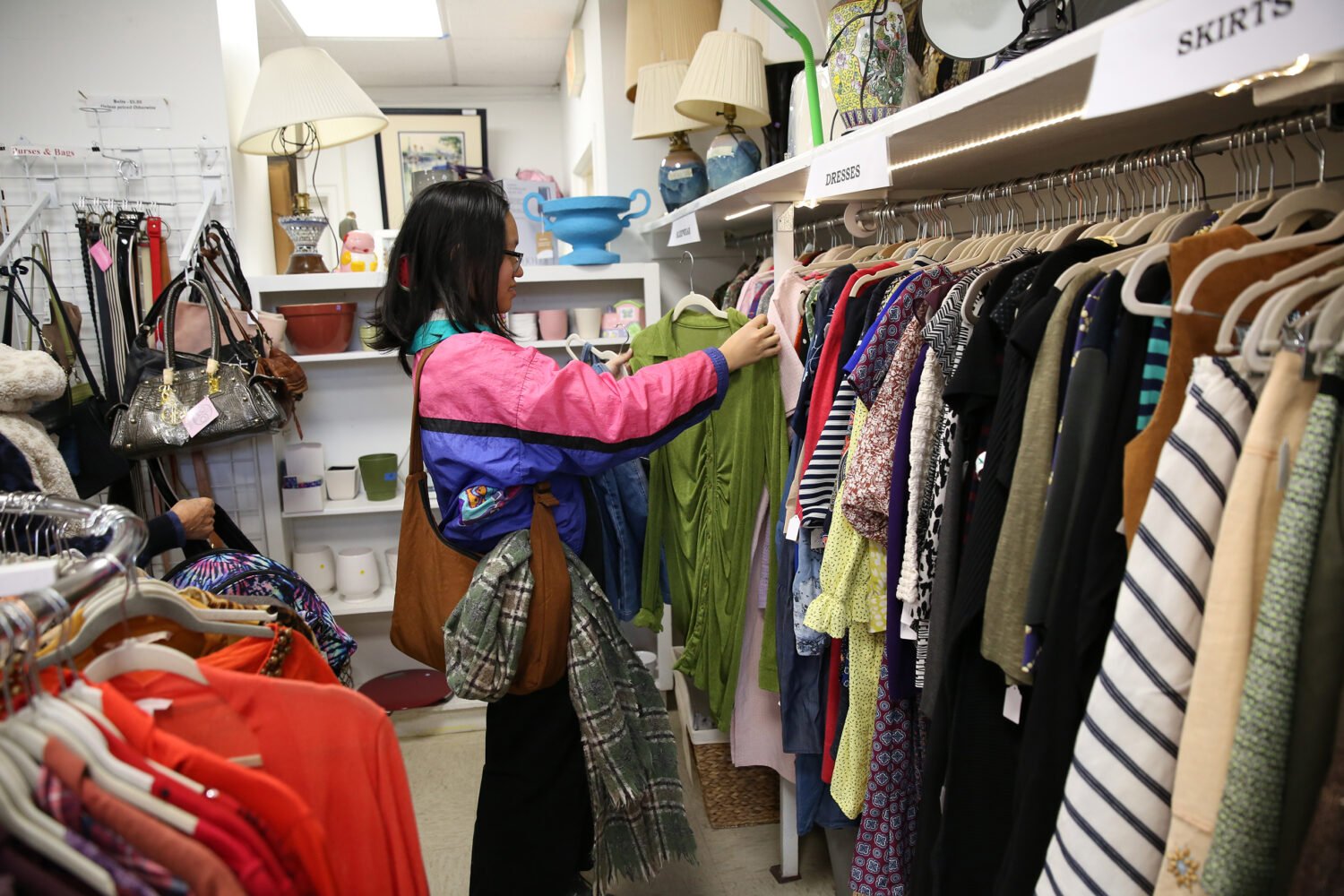Scott Astrada had spent years wearing suits every day to various public-policy jobs on Capitol Hill. Then in 2019, he took a job at a financial tech company, where a preppy, more business-casual look became his norm—until the pandemic hit and, he says, he took “a hard turn” to athleisure.
By last summer, now working full-time remotely, Astrada was ready to shed the hoodies—but wanted guidance. So he hired personal stylist Ting Lin of Ting Lin Fashion, who spent two hours shopping with him in stores and another five hours offering virtual advice. (Total tab for Lin’s expertise: about $600.) Now, Astrada says, he’s got a fresh new wardrobe and some knowledge he can use to shop on his own.
A lot of personal stylists are very busy these days—one we spoke to has a waitlist. Some are being hired by clients who aggressively purged their closets during their many months at home and have nothing to wear. Others need help now that they’ve headed back to the office. “I find there’s a lot of confusion over what constitutes ‘business casual’ or ‘work-appropriate’ post-Covid,” says Rachel Edwards of Style by Rachel.
Some people, Lin notes, require new clothes because they’ve experienced body changes or are entering new chapters of their lives. Others, says Lindsey Evans of Lindsey Evans Studio, having not updated their wardrobes in more than two years, are simply tired of them. (Plus, styles have indeed changed—so long, skinny jeans.)
It’s something of a “rebirth” for clients, says Dejeuné Harris of Your Style Is Forever. Kelley Kirchberg of Divine Style says people want an upgrade of not just their wardrobes but also how they feel. “Not being around others has forced people to sit with themselves, to really ‘see’ themselves, and a lot just haven’t been liking what they see and want an updated look for a grand reintroduction to the world,” says Thai Barker of the Phresh Code. Bored with the monotony of loungewear, she explains, people “see this reopening of the world as an opportunity to live life out loud through their clothing and personal presentation.”
Evans reports that a new wardrobe often inspires new behaviors in clients: “They’re like, ‘Okay, where do I wear this?’ And I say, ‘You’re going to wear this to live your best life: a concert, girls’ brunch, date night.’ Time and again, I see them living more—getting out and doing more things because they want to feel fabulous in their new look.”
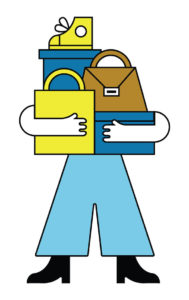
What Does a Personal Stylist Do?
The first step, after an initial consultation, is typically a “wardrobe assessment,” in which a stylist helps sort through your closet to get rid of what doesn’t work and find “gaps” that need filling—often based on a checklist of staples—all while getting a sense of your style. Then it’s time to shop.
As we’ve grown accustomed to doing things in the comfort of our homes, it’s worth noting that most of the professionals we talked to shop on behalf of their clients and then bring clothing to the person’s home to try on. Some, including Meredith Liberty and Lin, will also accompany clients on store trips. In fact, Lin prefers the efficiency of shopping in-store together, but either way, she says, “people enjoy the one-on-one human experience.”
It’s not all about new workwear. People may want styling for a special occasion or, says Evans, a “signature weekend look.” As part of their services, some stylists, like Evans, help clients refine a color palette and develop a “capsule” wardrobe. It’s fun, like “playing dress-up and forgetting about everything else in the world”—something she feels everyone craves right now.
According to Sarah Bland of SWB Style, many clients are looking for help creating a capsule wardrobe that can “transition from work to drinks to dinner at Cafe Milano.” And with people traveling more these days, “travel styling and packing has been a popular request.”
What It Costs
Some stylists charge by the hour, and their time can include not just what’s spent with a client but also shopping and delivery of clothing to a home, plus returns, so be sure to discuss budget and pricing in advance. Liberty, for example, bills her services hourly to include shopping and pulling clothing, plus in-home try-ons, then has a flat rate for returns and exchanges. Lin also charges hourly—$80 an hour—and estimates that most clients spend $500 to $1,000 on her services.
Some stylists put together packages. Naina Singla, who offers virtual styling, has a one-hour “FaceTime Style Therapy Session” for a flat rate of $200, or $300 if you want a follow-up email with shoppable links. Harris, of Your Style Is Forever, also offers a one-hour virtual session, for $197; her priciest package is a $1,997 “style rehab,” which includes an in-person closet edit, personal shopping, fitting, and 30 days of “style support.” Edwards, too, has a range of services, from a $550 closet edit to a $6,500 package of four seasonal styling sessions.
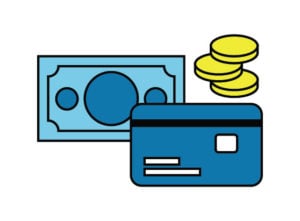
Another clue to how much you’ll spend: the brands of clothing a stylist tends to pull. Lin’s clients budget $500 to $2,000 for clothing, and she shops with them at such stores as Nordstrom, Bloomingdale’s, Zara, H&M, Banana Republic, and thrift stores including Current Boutique, Reddz Trading, and Ella Rue. Harris tends to frequent Nordstrom, Saks, and Shopbop, as well as Burberry and Alice + Olivia, and her clients may spend $2,000 to $5,000 on a seasonal capsule wardrobe. For her part, Edwards often shops such brands as Burberry, Saint Laurent, and Brunello Cucinelli, as well as Vince, Veronica Beard, and Rebecca Taylor; her clients typically spend $5,000 to $15,000 on clothing. Most stylists will do a free consultation to figure out if they’re a good match for you, but their websites and Instagram feeds can offer a clue to their approach as well as brands they like.
There are some savings benefits, too. Having a well-organized and defined wardrobe can reduce impulse buys, and, Bland points out, a personal stylist can create new combinations for outfits from pieces you already own.
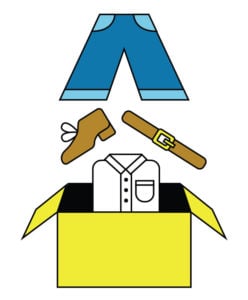
Local Stylist in a Box
Clothing subscription boxes such as Stitch Fix and Trunk Club—which regularly ship you pieces you can keep or return—have gotten popular, though you don’t get the same one-on-one attention as with a personal stylist. A new subscription service, launched in DC and designed for men, combines the two concepts. Hyde Closet connects customers with stylists they can communicate with via text and who will send curated clothing boxes for specific occasions. Customers have the option to rent and wear the clothing or buy it outright. Prices start at $49 a box.
Illustrations by Connie Zheng.
This article appears in the June 2022 issue of Washingtonian.

